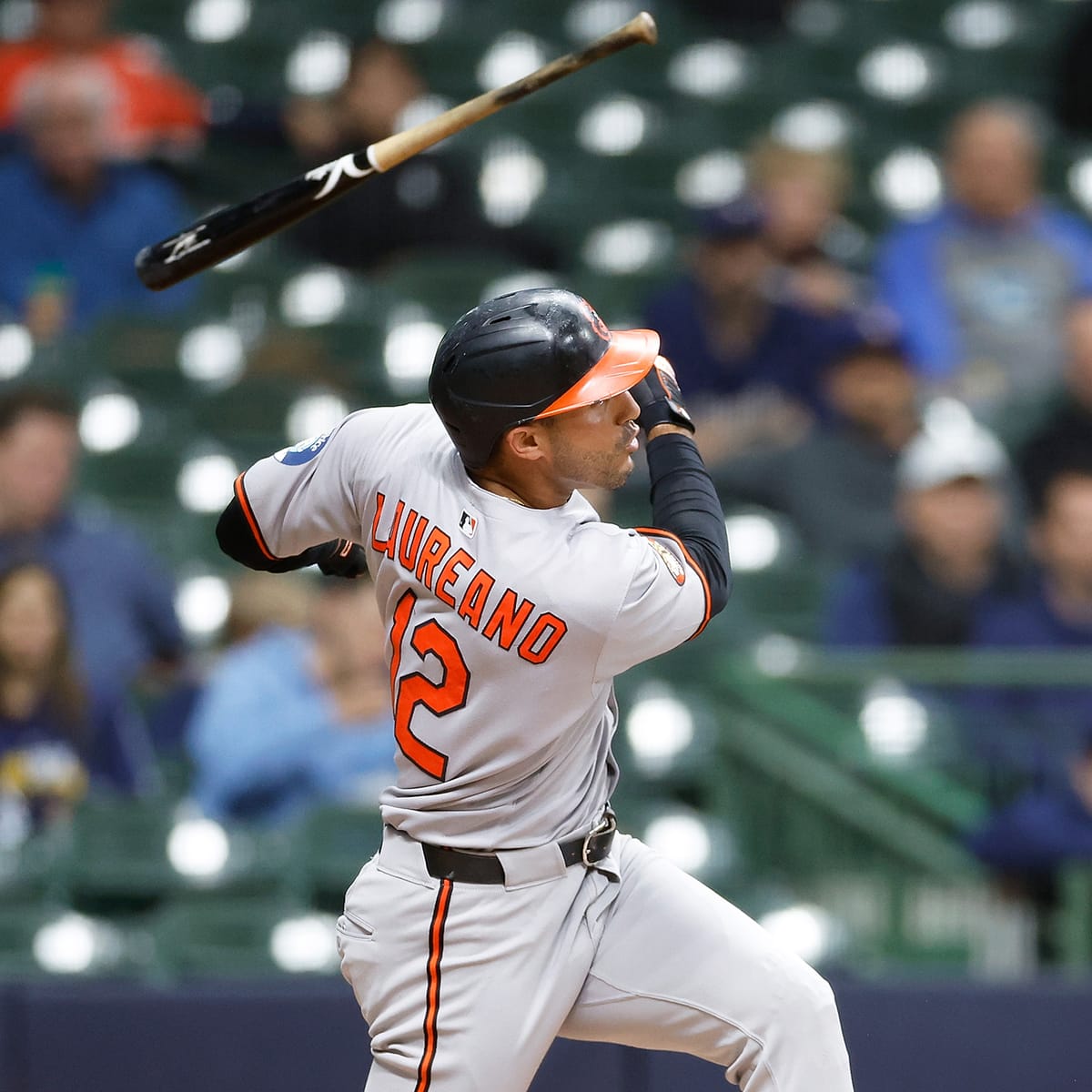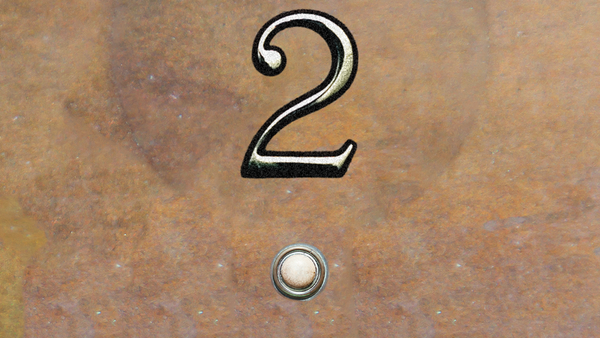Losing margin
Indignity Vol. 5, No. 91

SPORTS ANALYTICS DEP'T.
The Worst Score in Baseball Is 5 to 2
THE BALTIMORE ORIOLES lost to the Milwaukee Brewers last night by the score of 5–2. It was the fourth game they'd lost 5–2 this month. The Orioles lose lots of games by lots of different scores—they've lost 32 of the 48 games they've played, including losing to Cincinnati 24–2 and losing to the Yankees 15–3 and losing 7–0 two different times—but there is something distinctively dispiriting about losing 5–2.
A score of 5–2 in baseball doesn't look that bad, at a glance. It's a difference of one good inning, one swing of the bat with a couple of runners aboard. It seems like a winnable game.
What it means, though, is that the whole team lost. The pitchers left the hitters in a position where they would have needed to score at least 6 runs to win. The hitters left the pitchers in a position where they would have needed to hold the other team to 1 run or less. Everybody did a bad enough job that somebody else would have needed to do an unusually good job to somehow salvage a victory, and nobody did. It wasn't impossible, but it ended up hopeless.
The Orioles were not supposed to be hopeless. The Orioles were supposed to have left their hopeless years behind them. They are now seven years into a planned program by which a hopeless team, through embracing and prolonging its hopelessness, was supposed to come out as a guaranteed success—stocked with brilliant young talent and equipped with the payroll flexibility to add top players as needed, ready to compete with the best teams for years to come.
I complained bitterly about the years of deliberate losing while they were happening, and afterward, including in this newsletter. Before this, it was mostly an abstract argument about values: I held that it was wasteful and wrong to field bad teams on purpose; people who believed in the project thought it was wasteful to spend money to build a halfway good team, when a bad team would get better draft picks that could be used to build a fully good team later one. I would counter that the money saved was just going into the owners' pockets, while fans still paid for full-price tickets to see cheap, bad teams—but by then the two sides were talking past each other.
Now the ideal theory of the benefits of losing intentionally has run into the harsh facts of losing unintentionally. After winning 101 games two years ago and 91 games last year, the Orioles are deep in last place and on pace to win 64 games. Management tried to sneak through the offseason without spending money on established top pitchers, and the pitching staff has fallen apart. But even the things they seemed to be doing right went wrong. The brilliant young hitters aren't hitting, or they got hurt, or they weren't hitting and then they got hurt. They play listless, sloppy baseball.
Over the weekend, after a particularly abject Friday-night loss to the bad Washington Nationals, the team fired its manager, Brandon Hyde. Two years ago, when the team bounced from an artificially depressed record of 83 wins to that 101-win season, Hyde won American League Manager of the Year. Mike Elias, the general manager who created the plan to lose on purpose to win later, won Executive of the Year along with him.
Mike Elias did not lose his job over the weekend. The first game after Hyde was fired, 37-year-old Kyle Gibson—whom Elias had signed on the cheap and who hadn't won a game all year—took the mound as the starting pitcher and couldn't finish the first inning. He left the game with the Orioles already losing 6–0 and was replaced by 41-year-old Charlie Morton, whom Elias had signed for $15 million and who had been sent to the bullpen after losing his first five starts.
When a general manager declares that their team is engaged in a long-term rebuilding project, the scheme comes with freedom from being evaluated by the normal, old-fashioned standards of their jobs. They have no responsibility to prove they're better than other general managers at identifying, acquiring, and developing good players; trying to compete on those terms is a distraction. Instead, they claim—and get—credit for the things they haven't done yet, for maximizing the future expected value of the roster.
Eventually, though, the future arrives. Last year, flush with early success, Elias traded outfielder Kyle Stowers and infielder Connor Norby to the Marlins for the former All-Star pitcher Trevor Rogers. The Orioles had a scheme they thought would fix Rogers' form, and Stowers and Norby seemed like surplus among Elias' bounty of prospects. Rogers was terrible and then got hurt, and Stowers is batting .310 with 10 home runs and a .383 on-base percentage for the Marlins—numbers that would make him the Orioles' team leader in all three categories, if he were still on the team.
Baseball is a capricious sport, and the 21st century sports fans who've learned to root for (that is, to make apologies for) management tend to treat those caprices as annoying statistical noise. In principle, from the outside, it made sense to trade Stowers, given how many other outfielders the Orioles seemed to have. But in practice, nobody was in a better position to know whether Stowers was going to be an effective hitter or not than Mike Elias was. And he got it wrong—not only got it wrong, but somehow ended up with random journeymen playing outfield for Baltimore instead. The inexhaustible supply of young talent, the reward for all those losing years, was exhausted before Memorial Day.
Maybe the fortunes of the game will reverse themselves again. Maybe the Orioles will go on a long winning streak and zoom back to the top of the division. I'd rather turn out to have been wrong about Elias than to be right and stuck with a last-place team. But right now all there is to judge the long-term plan by is its results. And the results keep coming out on the wrong side of a 5–2 score.

WEATHER REVIEWS

New York City, May 20, 2025
★★★★ A mockingbird was darting around among the sidewalk trees, perching on a cherry branch to look a passerby level in the eye. Enough time had passed since the humidity had subsided that jeans were in order. Still the sun was sharp enough that a few scattered people were stripped down and bathing in it, one complete with a lounge chair with a folding shade. Speckles of duckweed gathered near the edge of the pool, where the wind-pushed waves met the offshore rocks. A thick contrail ran almost along the middle of the sky; a few minutes later it was lost among the twists and curls of older clouds on the blue. The sunbathers had the right idea, after all; this sun was something to break stride and stop and soak in, just short of the shade line, where the overlapping canopies of the mayapples collected their own share of it.

EASY LISTENING DEP'T.
HERE IS TODAY'S Indignity Morning Podcast!

Click on this box to find the Indignity Morning Podcast archive.


SANDWICH RECIPES DEP'T.
WE PRESENT INSTRUCTIONS in aid of the assembly of a sandwich selected from Recipes for Everyday, by Janet McKenzie Hill, published in 1921 by The Procter & Gamble Co., Cincinnati, OH, and available at archive.org for the delectation of all.
Recipes for Everyday is a timely addition to the Crisco Library of household helps. The more than two hundred tested recipes in this valuable book are a boon to the thrifty and the economical.
HOT SANDWICHES
Spread any variety of stale bread cut for sandwiches with butter and a thick layer of grated cheese (dry). Sprinkle with salt and paprika and press together corresponding slices or shapes. Melt three or four tablespoonfuls of Crisco in a frying pan, lay in the sandwiches and when delicately browned on one side, turn to brown the other side. If the bread be very stale, beat an egg, add half a cupful or more of milk, with a dash of salt and pepper, and soften the sandwiches in this before frying them.
If you decide to prepare and attempt to enjoy a sandwich inspired by this offering, be sure to send a picture to indignity@indignity.net.









